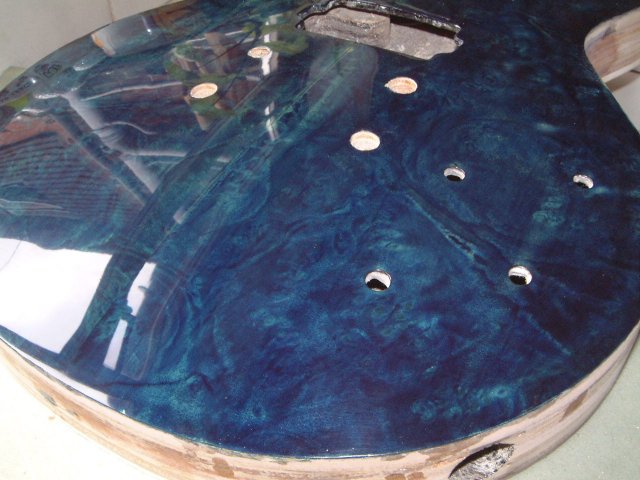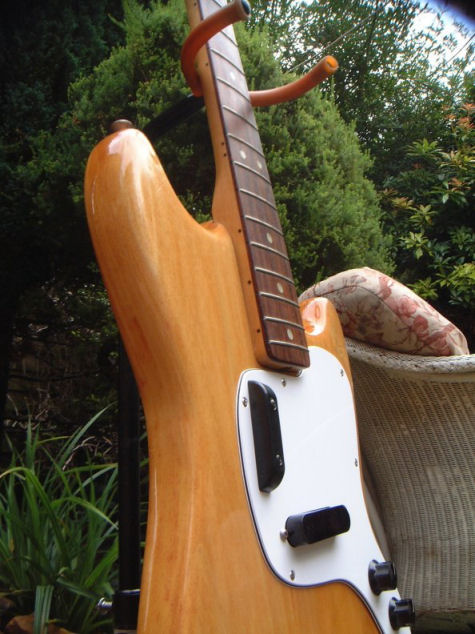I'm not sure what you mean - the brass one? It just unscrews, there's no pins involved.gounthar":27j75hgl said:Nice job! How did you remove the pin of the adjustment thumbwheel?
Pete - I'm not very good at identifying types of wood, so maybe you can tell me?

The handle has come up beatifully just by scraping the varnish off with my thumbnails. So I keep changing my mind about whether to replace them or not. I'll probably keep an eye out on ebay as suggested though - a set of those cocobolo ones would be rather nice. :wink:











































